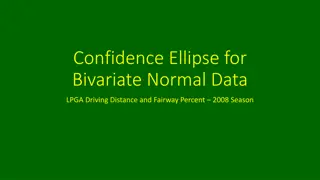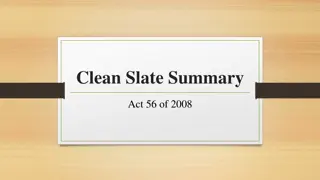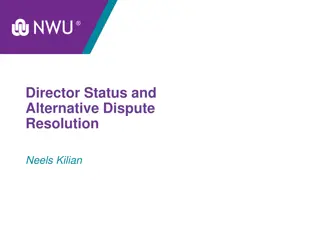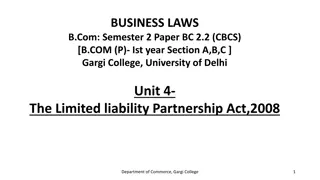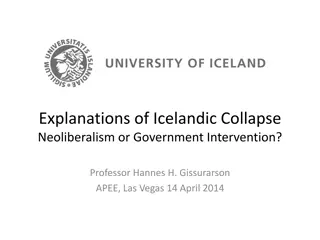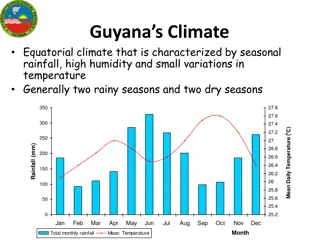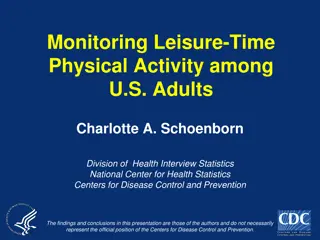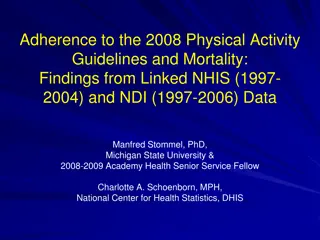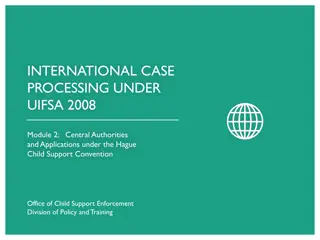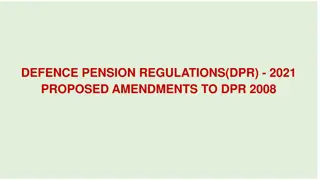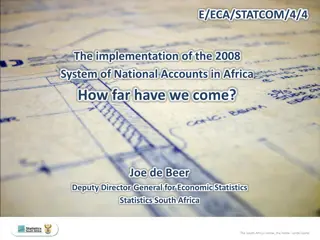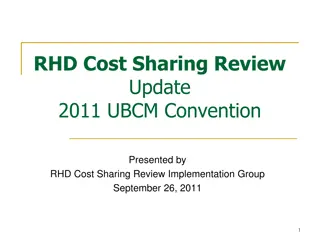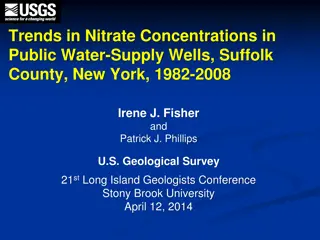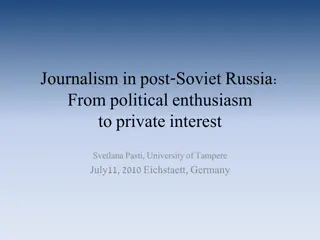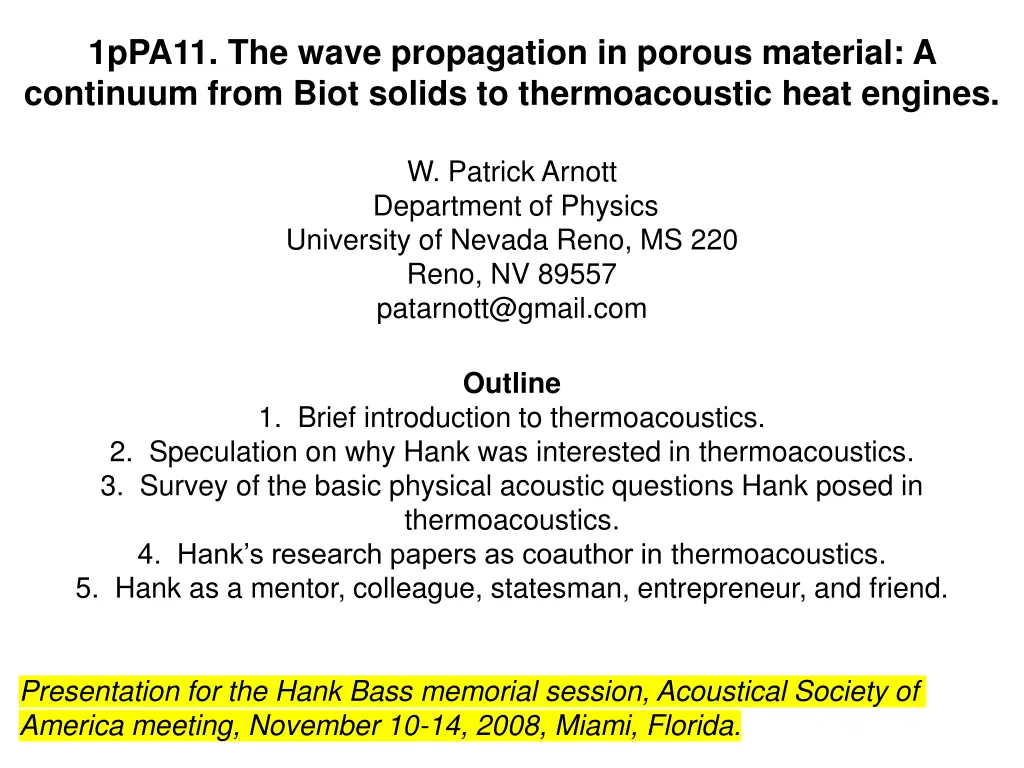
Wave Propagation in Porous Material: Thermoacoustic Continuum
Explore the fascinating realm of thermoacoustics through a detailed presentation on the wave propagation in porous material, from Biot solids to thermoacoustic heat engines. Delve into the fundamentals of thermoacoustics, insights into Hank's interest in the field, and a survey of the physical acoustic questions posed. Discover the energy states of water and carbon dioxide molecules, alongside the origins of Hank's fascination with thermoacoustics.
Download Presentation

Please find below an Image/Link to download the presentation.
The content on the website is provided AS IS for your information and personal use only. It may not be sold, licensed, or shared on other websites without obtaining consent from the author. If you encounter any issues during the download, it is possible that the publisher has removed the file from their server.
You are allowed to download the files provided on this website for personal or commercial use, subject to the condition that they are used lawfully. All files are the property of their respective owners.
The content on the website is provided AS IS for your information and personal use only. It may not be sold, licensed, or shared on other websites without obtaining consent from the author.
E N D
Presentation Transcript
1pPA11. The wave propagation in porous material: A continuum from Biot solids to thermoacoustic heat engines. W. Patrick Arnott Department of Physics University of Nevada Reno, MS 220 Reno, NV 89557 patarnott@gmail.com Outline 1. Brief introduction to thermoacoustics. 2. Speculation on why Hank was interested in thermoacoustics. 3. Survey of the basic physical acoustic questions Hank posed in thermoacoustics. 4. Hank s research papers as coauthor in thermoacoustics. 5. Hank as a mentor, colleague, statesman, entrepreneur, and friend. Presentation for the Hank Bass memorial session, Acoustical Society of America meeting, November 10-14, 2008, Miami, Florida.
Geometry Basics of Thermoacoustic Heat Engines: Acoustic Refrigerators and Heat Driven Sound Sources Refrigeration for small temperature gradients. Sound amplification for large temperature gradients.
Some Energy States of Water Molecules http://www.lsbu.ac.uk/water/vibrat.html ... of Carbon Dioxide Molecules Vibration modes of carbon dioxide. Mode (a) is symmetric and results in no net displacement of the molecule's "center of charge", and is therefore not associated with the absorption of IR radiation. Modes (b) and (c) do displace the "center of charge", creating a "dipole moment", and therefore are modes that result from EM radiation absorption, and are thus responsible for making CO2 a greenhouse gas.
Where Did Hanks Interest in Thermoacoustics Come From? The Journal of the Acoustical Society of America Volume 57, Issue S1, p. S56. UT Austin Meeting, April 7-11, 1975. Sound amplification from controlled excitation reactions H. E. Bass Department of Physics and Astronomy, The University of Mississippi, University, Mississippi 38677 The possibility of an acoustic analog of a gaseous molecular laser has been investigated theoretically. It has been found that the mechanisms which lead to relaxation absorption in a gas can, in the presence of vibrational energy level populations far from equilibrium, give rise to sound amplification. This results from the fact that the relaxation times decrease with temperature; hence, as the sound wave causes the local temperature to increase, energy in the vibrational modes is converted to translation rapidly, giving rise to a further temperature rise. The opposite effect occurs when the sound wave causes the local temperature to decrease. For illustrative purposes, a 90% CO 10% H2 numerical example has been developed. This example demonstrates that sound amplification should be experimentally observable using a laser as the source of vibrational excitation.
Basic Physics Questions Guiding Hanks Interest in Thermoacoustics - and Tie-in with Seemingly Different Phenomena (with contributions from many). What is the nature of the wavenumber for traveling waves going up and down temperature gradients in thermoacoustic engines? (Analogous question, what is the nature of the wavenumber in outdoor sound propagation?) What is the mechanism and uses of sound amplification and attenuation by thermoacoustic engines? Can we use the body of knowledge for sound propagation in porous media to understand and develop thermoacoustic engines?
Publications with Henry Bass and Thermoacoustics: Part 1. General formulation of thermoacoustics for stacks having arbitrarily shaped pore cross sections W. Pat Arnott, Henry E. Bass, and Richard Raspet J. Acoust. Soc. Am. 90 3228 (1991). Study of a thermoacoustic prime mover below onset of self-oscillation Anthony A. Atchley, Henry E. Bass, Thomas J. Hofler, and Hsiao-Tseng Lin J. Acoust. Soc. Am. 91 734 (1992). Specific acoustic impedance measurements of an air-filled thermoacoustic prime mover W. Pat Arnott, Henry E. Bass, and Richard Raspet J. Acoust. Soc. Am. 92 3432 (1992). Thermoacoustics of traveling waves: Theoretical analysis for an inviscid ideal gas Richard Raspet, Henry E. Bass, and John Kordomenos J. Acoust. Soc. Am. 94 2232 (1993). Stability analysis of a helium-filled thermoacoustic engine W. Patrick Arnott, James R. Belcher, Richard Raspet, and Henry E. Bass J. Acoust. Soc. Am. 96 370 (1994). Experimental study of a thermoacoustic termination of a traveling-wave tube John Kordomenos, Anthony A. Atchley, Richard Raspet, and Henry E. Bass J. Acoust. Soc. Am. 98 1623 (1995)
Publications with Henry Bass and Thermoacoustics: Part 2. Temperature discontinuities between elements of thermoacoustic devices James R. Brewster, Richard Raspet, and Henry E. Bass J. Acoust. Soc. Am. 102 3355 (1997). A new approximation method for thermoacoustic calculations Richard Raspet, James Brewster, and Henry E. Bass J. Acoust. Soc. Am. 103 2395 (1998). Working gases in thermoacoustic engines James R. Belcher, William V. Slaton, Richard Raspet, Henry E. Bass, and Jay Lightfoot J. Acoust. Soc. Am. 105 2677 (1999). Experimental study of a radial mode thermoacoustic prime mover Jay A. Lightfoot, W. Patrick Arnott, Henry E. Bass, and Richard Raspet J. Acoust. Soc. Am. 105 2652 (1999). Parallel capillary-tube-based extension of thermoacoustic theory for random porous media Heui-Seol Roh, Richard Raspet, and Henry E. Bass J. Acoust. Soc. Am. 121 1413 (2007). Thermoacoustics in random fibrous materials (Abstract) Carl R. Jensen, Richard Raspet, and Henry E. Bass J. Acoust. Soc. Am. 123 3546 (2008) 16 coauthors, 16 people directly coached by Hank Bass on thermoacoustics, many others influenced through presentations and conversations.
Hank as a mentor, colleague, statesman, entrepreneur, and friend. Hank was an excellent mentor, colleague, statesman, entrepreneur, and friend. Concentrate on the physics Do a good job communicating your ideas Listen to others with keen interest Build collaborations and connections Aggressively go after money to fund research Smile, laugh, be yourself!! Enjoy life, learn from others!! Be comfortable in your skin, it is contagious, and it draws people to you
Thanks Hank for sharing your skills and life with us! We will miss you, remember you, and carry on with your life-lessons in mind.

![READ⚡[PDF]✔ Space Exploration 2008 (Springer Praxis Books)](/thumb/21608/read-pdf-space-exploration-2008-springer-praxis-books.jpg)
